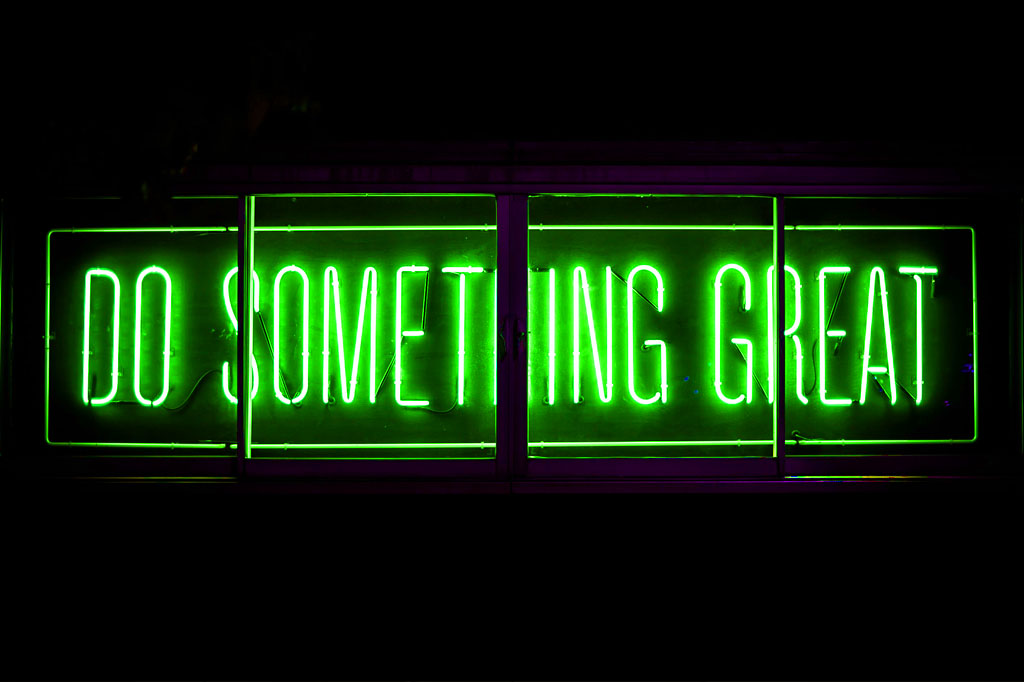From digital platforms to fashion to electronics and products to construction and architecture – designers have the responsibility to influence and push towards a circular economy.
The recent exhibition at the Design Museum – Waste Age: What can Design do? – is proof that this topic is at the forefront of the design world right now. We are at a crucial turning point and while fashion, product, print and packaging design have often come under scrutiny, digital design is only just beginning to be analysed for its carbon footprint.
“In 2019 it was estimated that digital activity accounts for almost 4% of global greenhouse gas emissions – around the same produced by the aviation sector – and it’s estimated to increase by 9% each year”, says Henry Wong in his article “Design, Climate, Action: is it possible to design low carbon impact digital services?” for Design Week.
Carbon-conscious or climate design are evolving terms that encompass many design disciplines. It is design with the explicit goal of implementing a more sustainable future. Imagine the kind of change that could take place if every designer committed to promoting carbon-conscious design through their work.
As a graphic and digital designer, I find it difficult to know how to make a change within my professional domain that will positively impact the planet. But there are ways that we can make our practices more sustainable through our design decisions. They are small changes but as they are multiplied over the number of hits on digital platforms, the impact on energy use has potential to be huge.
So far, our efforts at 2112 include:
- Optimisation of images and use of standard definition (not HD) video on websites – this takes less data and therefore less electricity, resulting in less carbon emissions.
- Creation of effective user journeys and design, so that content is communicated clearly, wasting less energy. Following the “less is more” principle, we put UX at the forefront to avoid overpopulating the website. UX design can make it easy for individuals and organisations to buy carbon offsets.
- Experimentation with typography to reduce the use of images, as lighter file sizes load quicker, consuming less energy.
- Use of dark mode, as black pixels use significantly less electricity than white pixels.
- Communication of climate science to clients to make it accessible and actionable.
- The choice of materials, paper and ink in graphic design is made with sustainability in mind, as this is becoming part of the circular economy.
“Website design is at a crucial juncture”, says Jason Bradberry, a UK-based designer and founder of Future Selves, in an interview with Design Week. “We’ve come from a place where, for the last ten years, we’ve progressively been able to do more and more,” he says. Now the question he’s asking is: What should we do?”, writes Henry Wong.
One thing is clear to all of us at 2112: we will ensure that user journeys are straight-forward and easy to follow, web assets are optimised, and our digital design finds a balance between aestheticism and energy efficiency. We will continue to educate ourselves around this new way of design thinking, so that we can all play our part in contributing to a more sustainable future.
Felicity Moore
Head of Design


